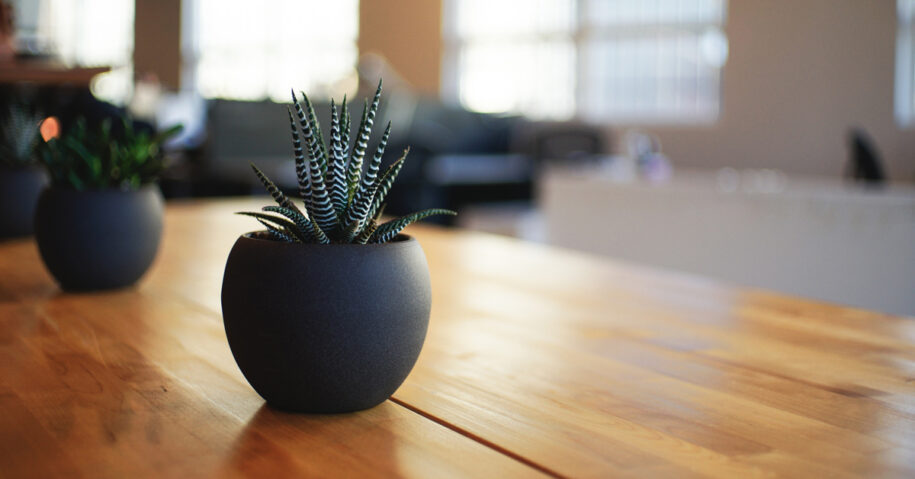11 House Plants that Cleanse the Air You Breathe
With all the chemicals we use and eat as well as the contaminants coming in, and many other factors it is probably not hard to believe that the air inside our houses is more polluted than the air outside. But, it does not have to be, you can easily purify the air inside your home!
Epipremnum aureum purifies the air of benzene. The broad leaves help to absorb a large amount of contaminants. It is an easily grown plant that does not require any special conditions, making it a good choice for many homes.
Hlorofitum is an attractive plant that makes a wonderful decoration. It helps to absorb gas emissions!
Hendra helix works amazingly when it comes to purifying the air. They hold a natural ability to filter airborne pollutants this includes benzene, formaldehyde, xylene, and toluene.
Aloe Vera is an easy-to-grow, sun-loving succulent helps clear formaldehyde and benzene, which can be a byproduct of chemical-based cleaners, paints and more. Aloe is a smart choice for a sunny kitchen window. Beyond its air-clearing abilities, the gel inside an aloe plant can help heal cuts and burns.
Spider Plant are incredibly easy to grow, so it you are a beginning gardener this is a great start. With lots of rich foliage and tiny white flowers, the spider plant battles benzene, formaldehyde, carbon monoxide and xylene, a solvent used in the leather, rubber and printing industries.
Peace Lilies help to remove ammonia, benzene, and formaldehyde. Not to mention the fact that they make a beautiful house decoration. Remember to keep them in shady spots, and moisture is important.
Snake Plant Also known as mother-in-law’s tongue, this plant is one of the best for filtering out formaldehyde, which is common in cleaning products, toilet paper, tissues and personal care products. Put one in your bathroom, and it’ll thrive in low light and steamy, humid conditions while helping filter out air pollutants.
Azalea, if you bring this beautiful flowering shrub into your home to combat formaldehyde. It is best to keep them in cool areas.
Warneckii Dracaena are good for combating pollutants associated with varnishes and oils with this dracaena. The Warneckii Dracaena grows inside easily, even without direct sunlight. With striped leaves forming clusters atop a thin stem, this houseplant can be striking, especially if it reaches its potential height of 12 feet.
This plant can be toxic in both dogs and cats. The symptoms are in cats: dilated pupils, abdominal pain, increased heart rate and drooling. In both cats and dogs: vomiting, depression, inappetence, drooling, incoordination, and weakness. So this plant is better suited for households that are plant free.
Bamboo Palm Also known as the reed palm, this small palm thrives in shady indoor spaces and often produces flowers and small berries. It tops the list of plants best for filtering out both benzene and trichloroethylene. They’re also a good choice for placing around furniture that could be off-gassing formaldehyde.
Red-edged Dracaena is a beautiful plant that is better suited for removing xylene and formaldehyde. It also makes for a beautiful houseplant with a great pop of color.


